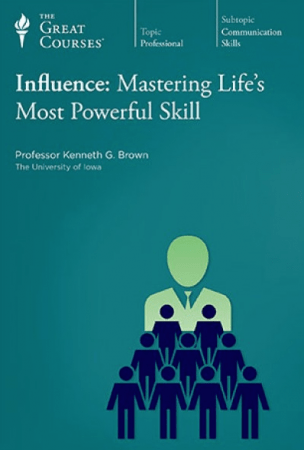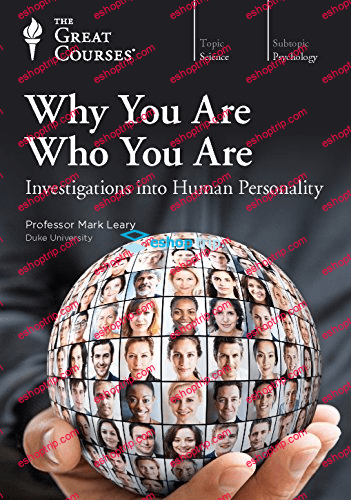Last updated 9/2022
MP4 | Video: h264, 1280×720 | Audio: AAC, 44.1 KHz
Language: English | Size: 1.92 GB | Duration: 1h 42m
Workshop Lessons for Dance Therapy, English, Counseling combo Course lessons
What you’ll learn
Counselling
Dance Therapy
Movement therapy
Health and Wellness
Requirements
Good net connection beginners to advanced
Description
According to the World Federation for Mental Health (WFMH, 2012), depression is the largest cause of mental ill health worldwide, described as a “global burden” (Scott and Dickey, 2003) or a “global crisis” (WFMH, 2012). Similarly, the World Health Organization (WHO, 2017) indicated that more than 350 million people of all ages are faced with depression as a clinical diagnosis. This condition differs from just feeling “low” or experiencing mood swings in response to daily life events; serious depression can affect people in multiple ways and can be disabling to the individual and disruptive to family and whole communities. According to the American Psychiatric Association (APA, 2000), for a diagnosis of major depression, five or more of the following symptoms are needed in the same 2 week period, causing significant distress or impairment of functioning: low mood, loss of interest or pleasure in most activities, sleep disturbances, changes in appetite or unintentional changes of weight, decreased energy, either slowed or agitated movement, decreased concentration and in some cases, feelings of guilt, worthlessness and thoughts of suicide.Dance/movement therapy goes beyond simply dancing. DMT uses dance and movement to promote insight, integration and well-being, as well as to diminish undesirable symptoms in various clinical populations.Unlike mainstream talk therapies, DMT uses the entire body to approach the client primarily on a non-verbal and creative level. The body in motion is both the medium and the message. DMT recognises the moving body as the centre of the human experience, and that body and mind are in constant reciprocal interaction.Just like with more traditional psychotherapies, DMT can be applied in a wide range of ways. It may involve talking, different types of music or no music at all. It can be done in groups, with individuals or with couples. Therapists sometimes dance with their clients and at other times observe.A group therapy session may involve a warm-up and check-in as to where we are at emotionally, mentally and physically. It may be followed by the development of a theme, which emerges spontaneously or has been prepared by a therapist (for example, working with difficult emotions). It ends with grounding (reconnecting with our bodies and our selves in the present moment) and closure (for example, a gesture, a sound, a word).All of this is done with our bodies in motion or stillness, but some verbal sharing, journaling, drawing and other elements may be added.
Overview
Section 1: Introduction
Lecture 1 Introduction
Lecture 2 Theory
Lecture 3 Theory
Lecture 4 Theory
Lecture 5 Theory
Lecture 6 Theory
Lecture 7 Theory
Lecture 8 Theory
Lecture 9 Theory
Lecture 10 Theory
Lecture 11 Theory
Lecture 12 Theory
Lecture 13 Theory
Lecture 14 Theory
Lecture 15 Dance Therapy practical
Lecture 16 Text based video lesson
Lecture 17 Text based video lesson
Lecture 18 Text based video lesson
Lecture 19 Course Notes
Lecture 20 Dance Therapy
Lecture 21 Dance Therapy
Lecture 22 Dance Therapy
Lecture 23 Dance Therapy
Lecture 24 Dance Therapy compiled lesson
Lecture 25 Dance Therapy
Lecture 26 Dance Therapy
Lecture 27 Dance Therapy
Lecture 28 Dance Therapy
Lecture 29 Dance Therapy
Lecture 30 Dance Therapy
Lecture 31 Dance Therapy
Lecture 32 Dance Therapy
Lecture 33 Dance lessons
Lecture 34 English lesson
Lecture 35 English lesson
Lecture 36 English lesson
Beginners to advanced
HOMEPAGE
https://anonymz.com/?https://www.udemy.com/course/certified-dance-therapy-for-counseling-online-course-lesson/











Reviews
There are no reviews yet.